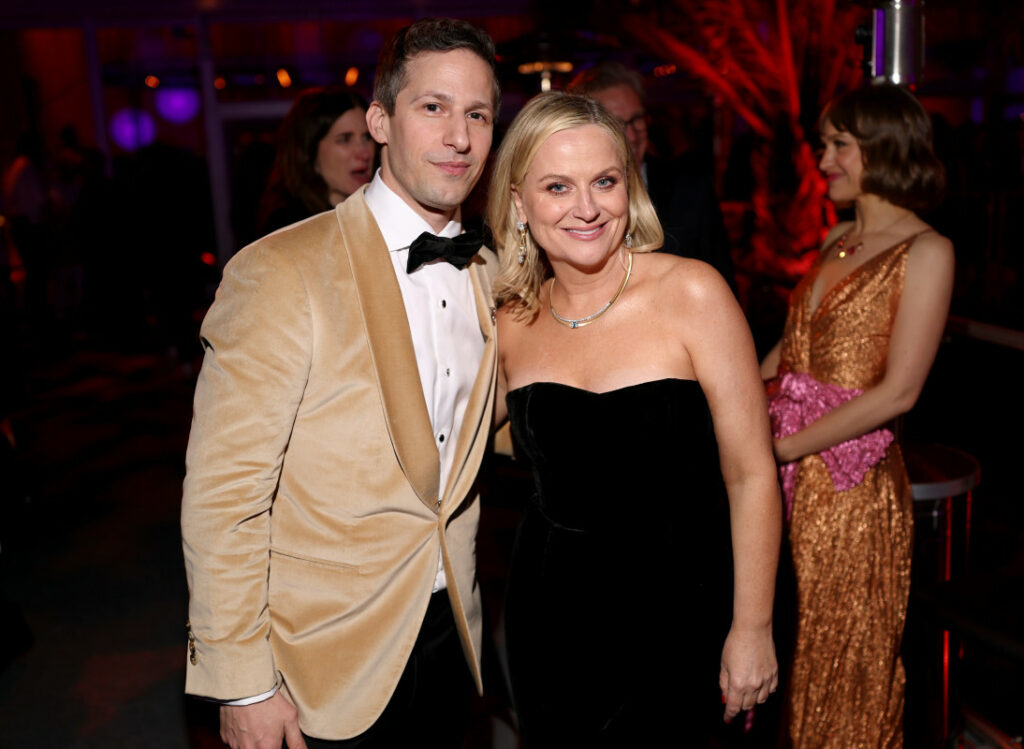Jacob Isbell, a postdoctoral researcher within the College of Arizona Division of Astronomy, has been awarded practically $1 million from the Nationwide Science Basis to guide the event of a breakthrough optical instrument for the Giant Binocular Telescope. The LBT Interferometer Seen Extension, or LIVE, will dramatically develop the telescope’s capabilities in visible-light imaging, enabling scientists to watch the universe at unprecedented decision.
“I’m thrilled about what the LIVE challenge makes doable,” stated Isbell. “LIVE is a global collaboration that can take confirmed strategies developed for the LBTI and prolong them into the visible-light regime, opening up a brand new view of the universe.”
It’s exceptionally uncommon for a postdoctoral scholar to obtain this stage of aggressive federal analysis funding as a principal investigator. Isbell’s choice speaks to each his extraordinary promise and the college’s deep dedication to empowering early-career researchers. His award additionally helps the college’s strategic imperatives by advancing analysis excellence and creating experiential studying alternatives for undergraduate and graduate college students who will likely be concerned within the challenge.
“Tasks like LIVE assist us confront among the most profound questions in science—how stars reside and die, how planets type, and the place life may exist past Earth,” stated Tomás Díaz de la Rubia, senior vice chairman for analysis and partnerships. “It’s this type of daring, curiosity-driven analysis that positions U of A at the forefront of discovery”.
Constructed on the platform of LBT’s twin 8.4-meter mirrors—collectively functioning as a single telescope with a 28.8-meter mirror by way of interferometry—LIVE will enable researchers to picture effective constructions in protoplanetary disks the place planets are born, detect adjustments on moons like Io and Europa, and map the dynamic environments round supermassive black holes.
The instrument will change into a part of the LBT Interferometer, a strategic instrumentation-development and science suite led by LIVE co-Investigator Steve Ertel, affiliate astronomer at Steward Observatory. LIVE’s excessive decision, right down to 4–5 milliarcseconds, positions it as a vital pathfinder for the nation’s forthcoming Extraordinarily Giant Telescopes.
“The LIVE award will present essential new functionality on the Giant Binocular Telescope and can lead to thrilling advances in our information of the cosmos,” stated Joseph Shields, LBT Observatory director. “This initiative continues LBT’s custom of discovery pushed by innovation.”
The challenge, a global collaboration with individuals in Germany, Italy and Mexico, may even present immersive, hands-on coaching in adaptive optics, interferometry, and optical engineering to undergraduate and graduate college students. In step with the college’s land-grant mission, LIVE bridges foundational analysis with instructional alternative—making ready tomorrow’s scientists whereas guaranteeing that the advantages of discovery attain far past the lab.


